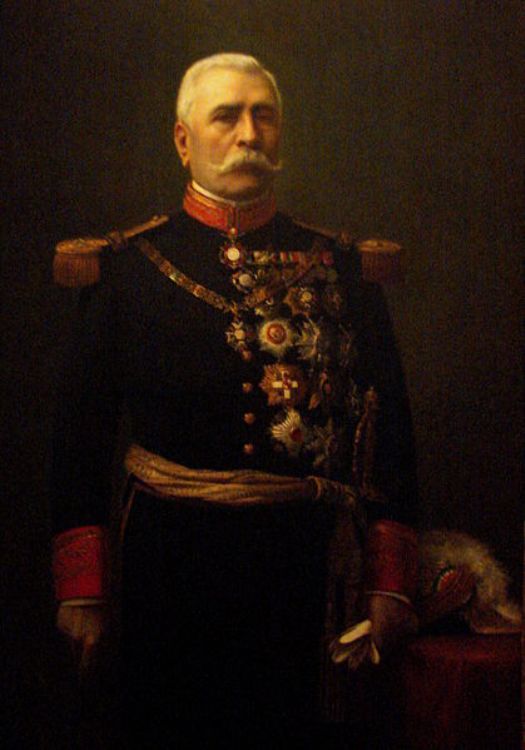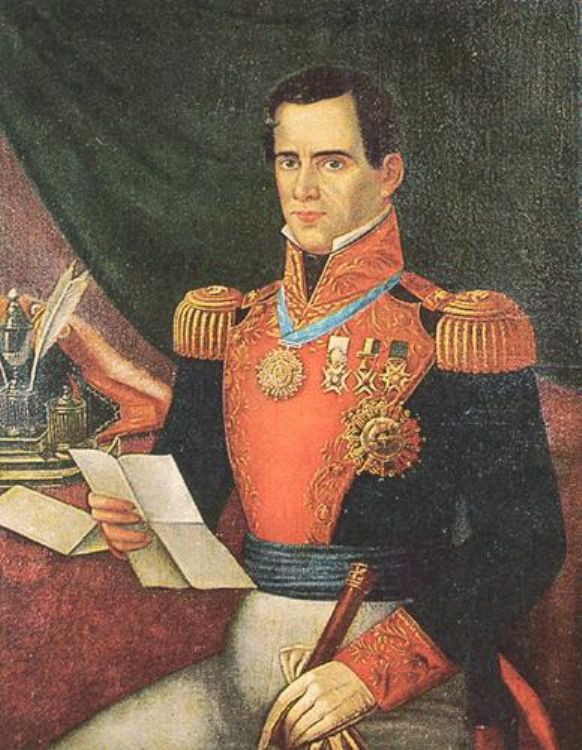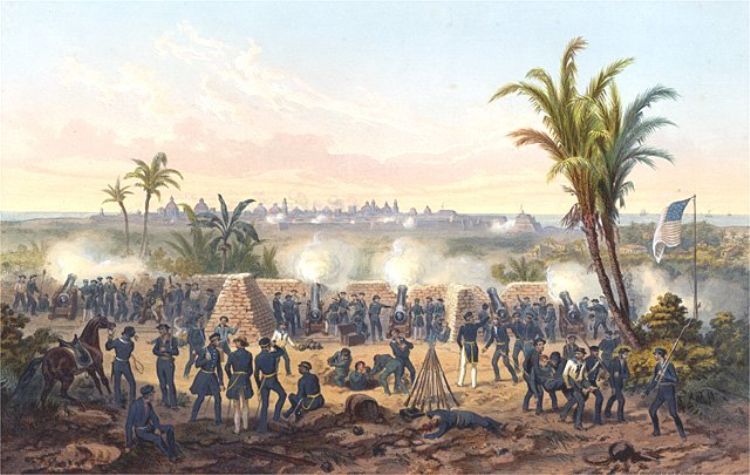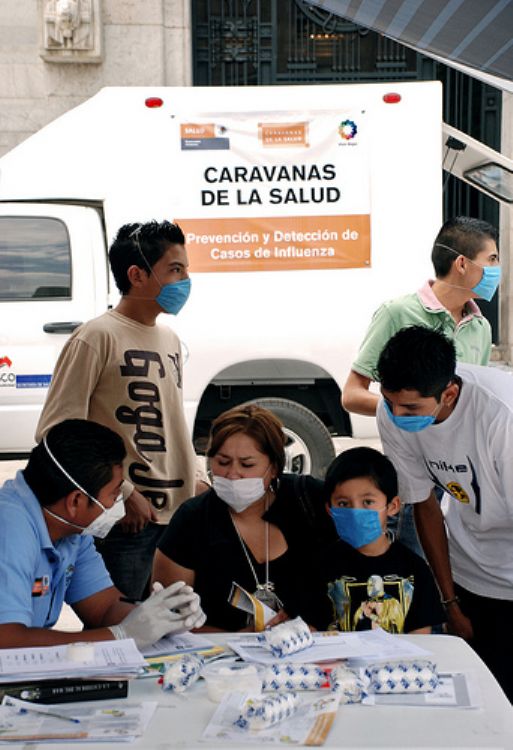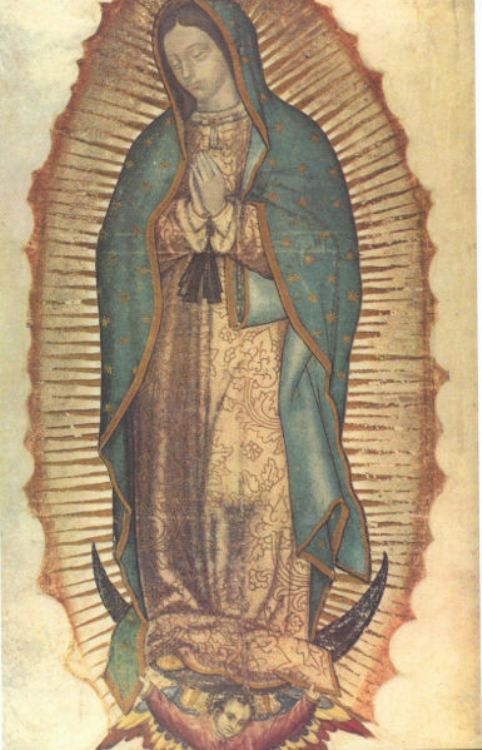Victoriano Huerta
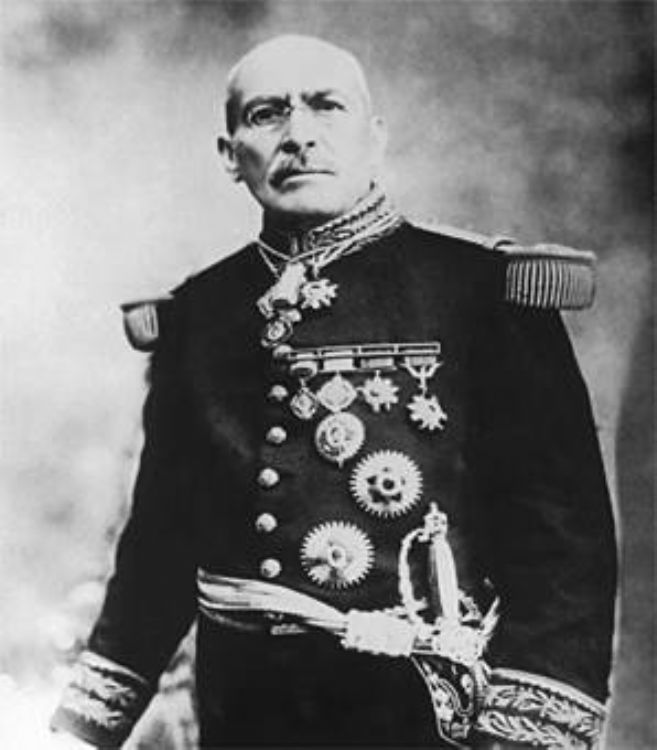
José Victoriano Huerta Márquez was born in the Agua Gorda Ranch of Ocotlán, Jalisco, on December 22, 1850; he was the son of Huichol Indians.
General Donato Guerra accepted him as a volunteer private secretary when he was only fifteen years of age and rewarded his services by allowing him to study in the Military School. After graduating with outstanding grades, he did topography work in the State of Veracruz, where he met his wife Emilia Aguila, together they had eleven children.
Since 1897, being a Colonel, he began to combat the Indian rebellions that were breaking out throughout the country. He fought outstanding battles against Yaquis in Sonora and Mayans in Yucatan and Quintana Roo. It was during this time when he developed cataracts, an illness that haunted him through the rest of his life.
At the end of those battles, Huerta was promoted Brigadier General and named member of the Supreme Military Court of Mexico. In 1907 he asked for permission to leave military life for health reasons and serviced as chief of Public Engineering for tracing streets in Monterrey and as professor of Mathematics in Mexico City.
When Francisco I. Madero began the Revolution, Huerta returned to the army and was in charge of escorting Porfirio Diaz to the Port of Veracruz upon his resignation. In 1912, Madero named him commander of operations on the North. It was then that Huerta went to Torreon and formed the Northern Division.
For his participation with the rebel army of Emiliano Zapata, it was suspected that Huerta was guilty of insubordination and President Madero ordered his resignation. However, Madero made him in charge of the federal army again when Pascual Orozco began his rebellion. Huertaâs performance was such that he became a national hero, but while he was in pursuit of Orozco, followers of rebel Francisco Villa stole horses from Huertaâs troops. Huerta almost executed Villa but was stopped by the intervention of President Maderoâs brothers, who then named him Secretary of War and Villa was only in prison for a few days.
Victoriano Huerta formed an alliance with Aureliano Blanquet, chief of the 29th Batallion, Felix Diaz and Henry Lane Wilson, United States Ambassador in Mexico, subscribing to the Embassy Pact, also known as the Ciudadela Pact. Huerta named himself Executive Chief and cunningly assassinated President Madero and Vice President Jose Maria Pino Suarez on February 22, 1913.
Since the moment he began being in charge of the government, he had to face a nationwide uprising against him, organized by Venustiano Carranza who named his movement the Constitutionalist Revolution because intended the reestablishment of the constitutional order broken by Huertaâs coup dâètat. The presidentâs situation became even more complicated when his accomplice Henry Lane Wilson was removed from Mexico and the United States refused to recognize him as the head of the government.
President Huerta spent his brief administration affected by alcohol and it is said he didnât hide his taste for cognac. He also didnât mind people knowing about his constant drunkenness and was frequently seen drinking in different establishments of Mexico City.
Soon after, Venustiano Carranza, Governor of Coahuila, publicly refused to accept Huerta as president and formed the Constitutionalist Army that defeated the federal government in June 1914. In order to save his life, Huerta went into exile in Europe and put together a conspiracy with the German army in order to return to power but was arrested in El Paso, Texas upon his return to the United States, accused of promoting a rebellion in Mexico, conspiracy and violating the neutrality laws. He died in prison on January 13, 1916; a victim of hepatic cirrhosis from alcoholism.
Today, the Mexicoâs Government refers to Victoriano Huerta as not only a dictator, but also a traitor.
Artículo Producido por el Equipo Editorial Explorando México.
Copyright Explorando México, Todos los Derechos Reservados.

